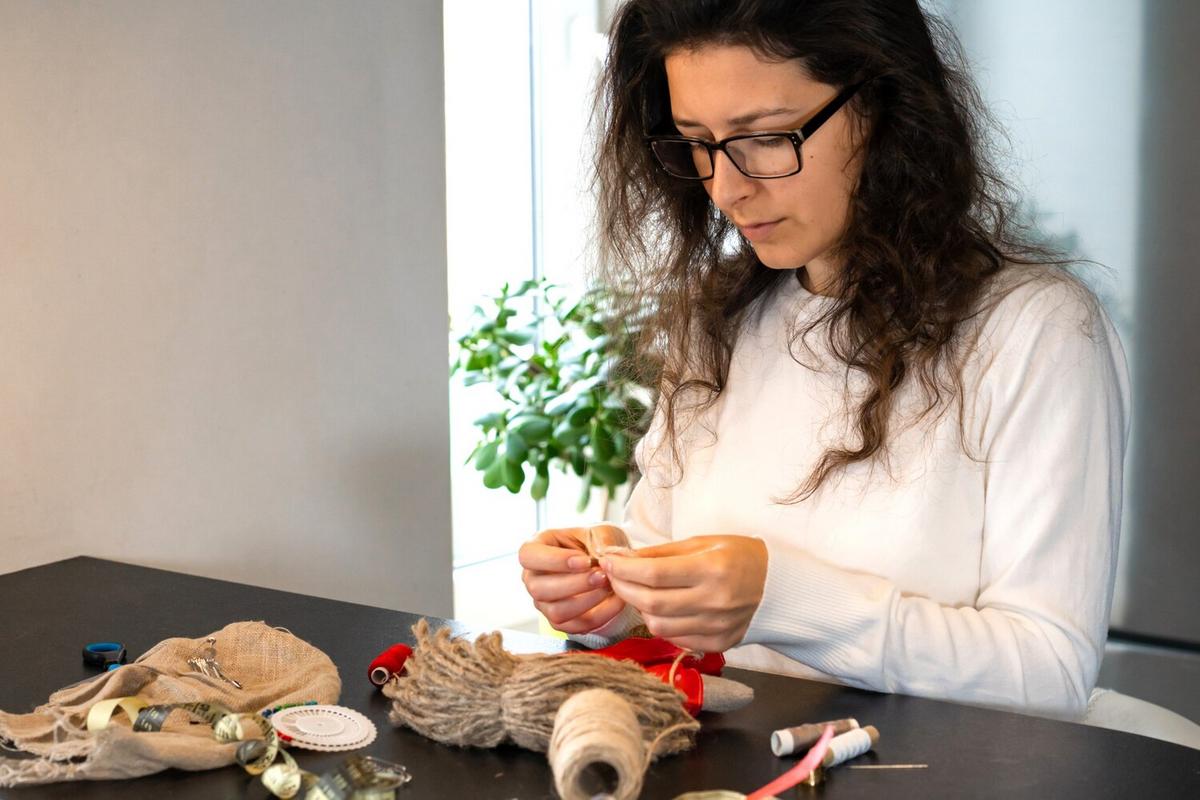
DIY Smart Home: Simple Devices to Automate Your Living Space
Transforming your living space into a smart home doesn’t have to be complex or expensive. With a few simple devices, you can automate daily tasks, enhance security, and increase energy efficiency, making your home both comfortable and convenient.
As technology continues to evolve, more homeowners are looking for ways to integrate smart solutions into their living spaces. According to a recent study by Statista, the smart home market is projected to reach over $53 billion by 2022. This growing trend signifies a shift towards more connected and automated homes.
Why Consider a DIY Smart Home?
Automating your home offers numerous benefits. It can enhance your quality of life by simplifying routine tasks, providing increased security, and allowing better energy management. For example, smart thermostats can learn your schedule and adjust temperatures accordingly, potentially reducing your energy bills by up to 10% annually.
Expert Insights
Home automation expert, Mark Johnson, suggests starting with basic devices that offer immediate benefits. “Consider devices like smart plugs, smart bulbs, and voice assistants. They’re easy to install and can significantly enhance your home experience,” he says.
Simple Devices to Get Started
- Smart Plugs: These allow you to control appliances remotely through an app. Ideal for lamps, coffee makers, and other small devices.
- Smart Bulbs: Easily replace existing bulbs. They can be controlled via smartphone apps or voice commands, offering options like dimming and color changes.
- Smart Thermostats: Learn your temperature preferences and adjust accordingly. They can be controlled remotely, offering both convenience and efficiency.
- Voice Assistants: Devices like smart speakers can control other smart devices, set reminders, and answer questions, all through voice commands.
Personal Experience
After installing a smart lighting system, I found that the ability to schedule lights to turn on and off not only saved energy but also added a layer of security by giving the appearance of occupancy while away.
Actionable Tips
- Start small with a few devices and gradually expand your system.
- Ensure your Wi-Fi network is robust enough to support multiple devices.
- Research compatibility to ensure new devices can integrate with your existing system.
Comparison Table of Smart Devices
| Device | Functionality | Benefits |
|---|---|---|
| Smart Plug | Remote control of appliances | Energy saving, convenience |
| Smart Bulb | Lighting control | Ambiance, energy efficiency |
| Smart Thermostat | Temperature regulation | Cost saving, comfort |
| Voice Assistant | Voice control | Hands-free operation |
| Security Camera | Monitoring and alerts | Safety, peace of mind |
| Smart Lock | Keyless entry | Security, convenience |
| Motion Sensor | Detects movement | Security, automated lighting |
| Smart Speaker | Music and control hub | Entertainment, smart integration |
Frequently Asked Questions
Can I install smart devices myself?
Yes, most smart devices are designed for easy installation by homeowners, with instructions provided.
Are smart home devices secure?
While manufacturers strive to ensure security, it’s essential to use strong passwords and keep devices updated to minimize risks.
Will smart home technology save me money?
In many cases, smart devices can lead to energy savings and reduced utility bills over time.
Conclusion
Incorporating smart devices into your home can transform your daily routine, offering convenience, security, and efficiency. With the right approach, you can create a smart home environment tailored to your needs. Start with simple, budget-friendly devices, and gradually expand as you become more comfortable with the technology. Explore more about smart home solutions and find products that align with your lifestyle for a more connected home experience.


